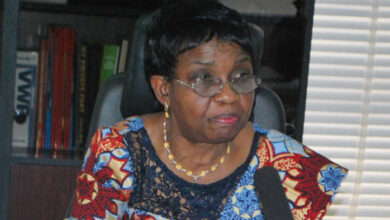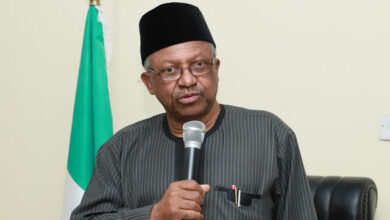NCDC reports 118 deaths and 645 Lassa fever cases in Q1 2025

Statistics from the Nigeria Centre for Disease Control and Prevention show that between January and March 2025 Lassa fever affected 3,465 people with suspected infection while 645 confirmed cases along with 118 fatalities occurred across 91 Local Government Areas in 33 states of Nigeria.
The recorded deaths account for 18.3% of Case Fatality Rate (CFR).
The Lassa fever epidemic has caused infections among 20 healthcare workers in eight states with four in Bauchi while Ondo reported eight cases and Benue had one infection and Ogun had one case and Gombe reported two cases. Further, the epidemic spread to Ebonyi and Edo. Finally, both Taraba and Benue recorded two healthcare worker infections.
The NCDC reports that healthcare facilities face staffing challenges at their treatment centers while patients delay medical care by using ineffective self-treatment methods.
The National Disease Control Center activated its Lassa Fever National Emergency Operations Centre (LF-EOC) at Response Level according to Dr. Jide Idris who serves as the NCDC Director General in Abuja for strengthening outbreak response and control.
READ MORE: South Sudan Peace Deal Collapses as Conflict Escalates
The activation of LF-EOC enables Federal, States, Local governments together with Developmental partners and other stakeholders to work better as a coordinated team.
The agency sent Rapid Response Teams to Kogi, Plateau, Ondo, Edo, Bauchi, Ebonyi, Taraba, Benue, Gombe, and Nasarawa states during January to March 2025 for two weeks based on its promise for effective response.
The outbreak in Edo and Taraba underwent transformations prompting DG Idris to prolong the response teams’ missions for ten and seven additional days.
The agency has distributed vital medical resources containing personal protective equipment (PPEs) and treatment medications across affected states according to his observations.
The prevention and control guidelines for Lassa fever have been released as state-specific advisories according to Idris.
Despite substantial efforts various obstacles have obstructed response initiatives because community-level surveillance remains weak and states lack proper funds while resources are insufficient to perform treatment contact tracing and active case search across all areas.
He instructed anyone who has Lassa fever symptoms should immediately visit a medical facility because it leads to better outcomes.
Dr Chima has requested that Nigerian state authorities should assist in covering the medical costs of Lassa fever along with other comparable diseases.
Essential medical provisions and public health education depend significantly on private sector commitment according to him.
Preventing Lassa fever needs all members of society to join their efforts together according to Idris. Each Nigerians holds personal responsibility to aid the response efforts of the NCDC and state governments by decreasing virus transmission.
The healthcare frontline workers must maintain continuous application of infection prevention and control measures and show heightened suspicion for diagnosing Lassa fever.
The Director advocated for Nigerian citizens to enhance environmental hygiene and set up protective systems for blocking rats because these methods work best for disease prevention.




